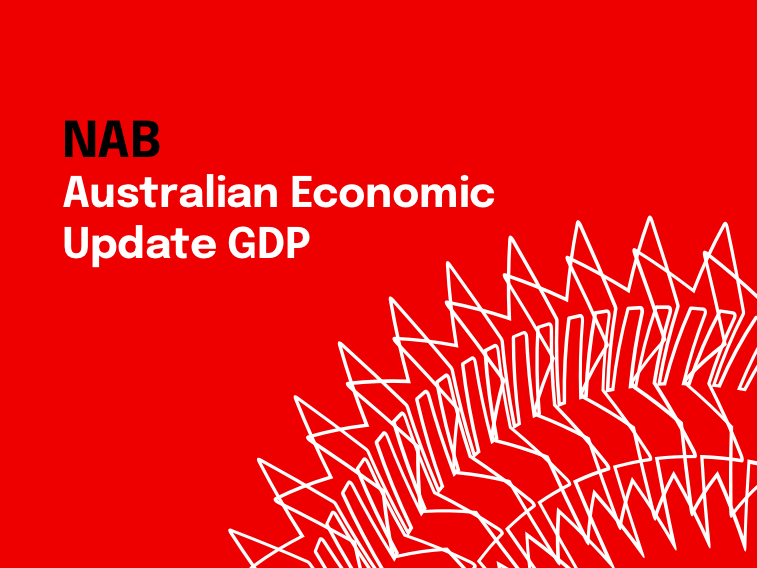Next year marks two important anniversaries: the 20th straight-year of economic growth in South Korea and the 55th anniversary of diplomatic relations between Australia and South Korea. By any standard, South Korea has achieved a remarkable track record of economic performance.
The paper examines the positive outlook for the South Korean economy, its growing importance in the Asia Pacific region, its strong environment for trade and investment, the growing appeal of its financial markets and some of the key structural challenges and geopolitical risks it faces.
It then explores the deepening integration between the Australian and South Korean economies, the benefits of the Korea-Australia Free Trade Agreement and the sectors and markets which are profiting most from this deepening relationship.
Key findings:
- South Korea is forecast by the IMF to achieve its 20th straight year of economic growth in 2018. South Korea has consistently outperformed all other advanced economies and is now the fourth largest economy in Asia. South Korea is now Australia’s fourth largest trading partner, with two-way trade at A$29 billion.
- In 2016, S&P raised South Korea’s long-term credit rating to AA, with a stable outlook. South Korea has the highest credit rating in the region – including higher than both Japan and China. In its recent in-country consultations, the IMF has endorsed the resilience of the South Korean financial system. It runs a wide current account surplus and is now one of the world’s safe haven economies. South Korea’s economy and financial markets have proved resilient to the region’s geo-political risks.
- South Korea is Australia’s third largest export market, and our fourth largest two-way trading partner. The Korea-Australia free trade agreement (KAFTA) has set a course for a rapid deepening in this already large trading relationship. It carries exceptional growth opportunities for many sectors that were formally heavily protected, or in which there was discrimination against Australian imports, including agriculture, horticulture and key markets in manufacturing, mining and services. Australia’s agricultural exports to South Korea alone are projected to increase by 73 per cent by 2030.
- South Korea’s direct investment in Australia has jumped to A$23 billion and is growing 60 per cent faster than that from Australia’s other investment partners. Major Korean institutions have developed a significant Australian investment portfolio.
- A$ issuance by Korean institutions has increased sharply in recent years. Major South Korean institutions, such as Export Import Bank of Korea, The Korean Development Bank and Hyundai Capital Services, have issued A$5.3 billion in Kangaroo bonds since 2013, and this issuance into the Australian bond market continues to expand.
To read the full report, please download:
Full report: South Korea: Perspectives, trends and insights (PDF, 3.17 MB)


